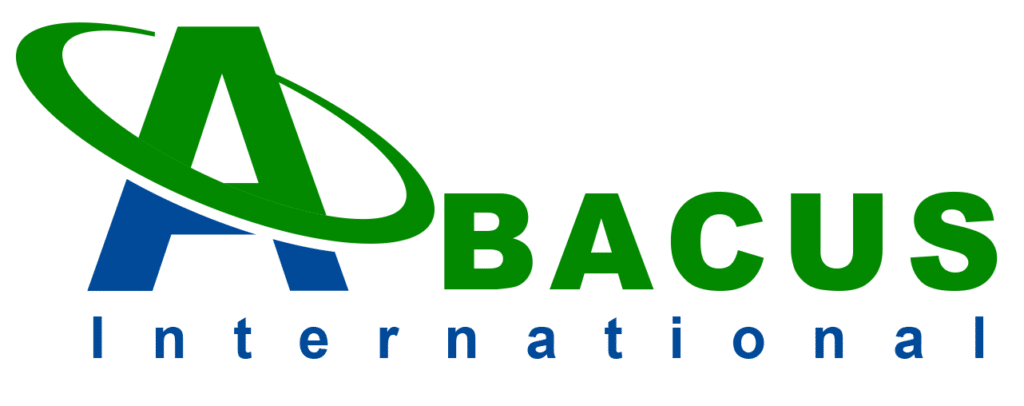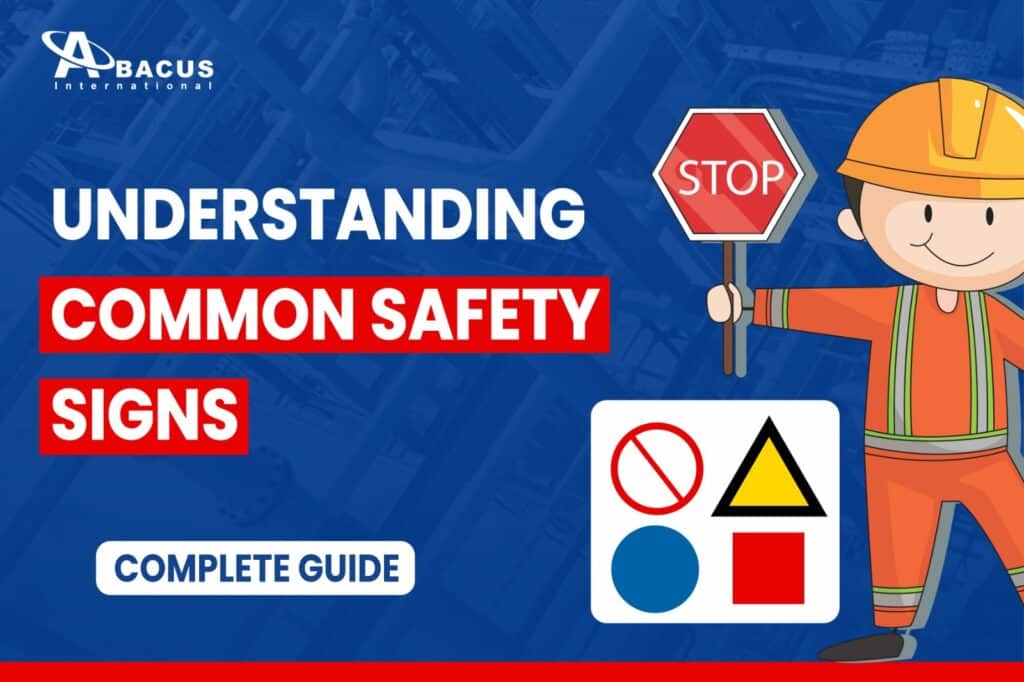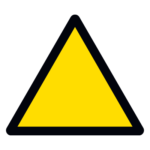Safety signs are visual indicators designed to communicate important information, warnings, or instructions to ensure the safety and well-being of individuals in a particular environment. These signs are crucial in workplaces, public spaces, and other areas where hazards might be present. They use symbols, colors, and text to convey messages quickly and clearly, often without extensive reading or interpretation.
5 Types of Safety Signs & Their Meanings
1. Prohibition Signs
|
|
2. Warning Signs
|
|
3. Mandatory Signs
|
|
4. Emergency Information Signs
|
|
5. Fire Safety Signs
Also Read: Best Practices for Effective Fire Prevention |
|
Why Use Safety Signs
Here are the key reasons why safety signs are used:
1. Accident Prevention
Safety signs play a crucial role in preventing accidents by alerting people to potential hazards. By providing clear warnings and instructions, they help individuals take necessary precautions, reducing the possibility of injuries or accidents.
2. Clear Communication
Safety signs use universally recognized symbols, colors, and text to convey important information quickly and effectively. This is especially important in environments where language barriers might exist or where people need to understand instructions instantly, without confusion.
3. Legal Compliance
Many industries are legally required to display safety signs to comply with health and safety regulations. Failure to use appropriate safety signage can result in fines, legal action, or increased liability in the event of an accident.
4. Emergency Response
In an emergency, safety signs can guide individuals to safety or help them locate emergency equipment, such as fire extinguishers, first aid kits, or emergency exits. This can be critical in ensuring a swift and organized response during a crisis.
Also Read: Basic First Aid Skills Everyone Should Learn
5. Risk Awareness
Safety signs help raise awareness about potential risks and hazards in an environment. By consistently reminding people of these dangers, safety signs contribute to a culture of safety, encouraging individuals to remain attentive and cautious.
6. Protection of Property
In addition to protecting people, safety signs can help prevent damage to property and equipment. For example, signs indicating high voltage or flammable materials help ensure that these areas are treated with appropriate caution.
7. Increased Efficiency
By providing clear instructions, such as “Wear PPE” or “No Entry,” safety signs help streamline operations, ensuring that procedures are followed correctly and that everyone knows what is expected of them in a given area.
8. Universal Understanding
Safety signs are designed to be easily understood by a wide range of people, regardless of language or literacy levels. Many safety signs use pictograms or symbols that can be universally recognized, making them accessible to all.
9. Promoting Safety Culture
Consistent use of safety signs reinforces a culture of safety within an organization or community. It signals that safety is a priority and encourages everyone to take responsibility for their own safety and the safety of others. https://1win.fyi/
Also Read: All You Need to Know about Workplace Safety
10. Cost-Effective Safety Measure
Investing in safety signs is a cost-effective way to enhance safety. Compared to the potential costs of accidents, injuries, or legal penalties, safety signs are a relatively low-cost solution that can have a significant impact on reducing risks.







